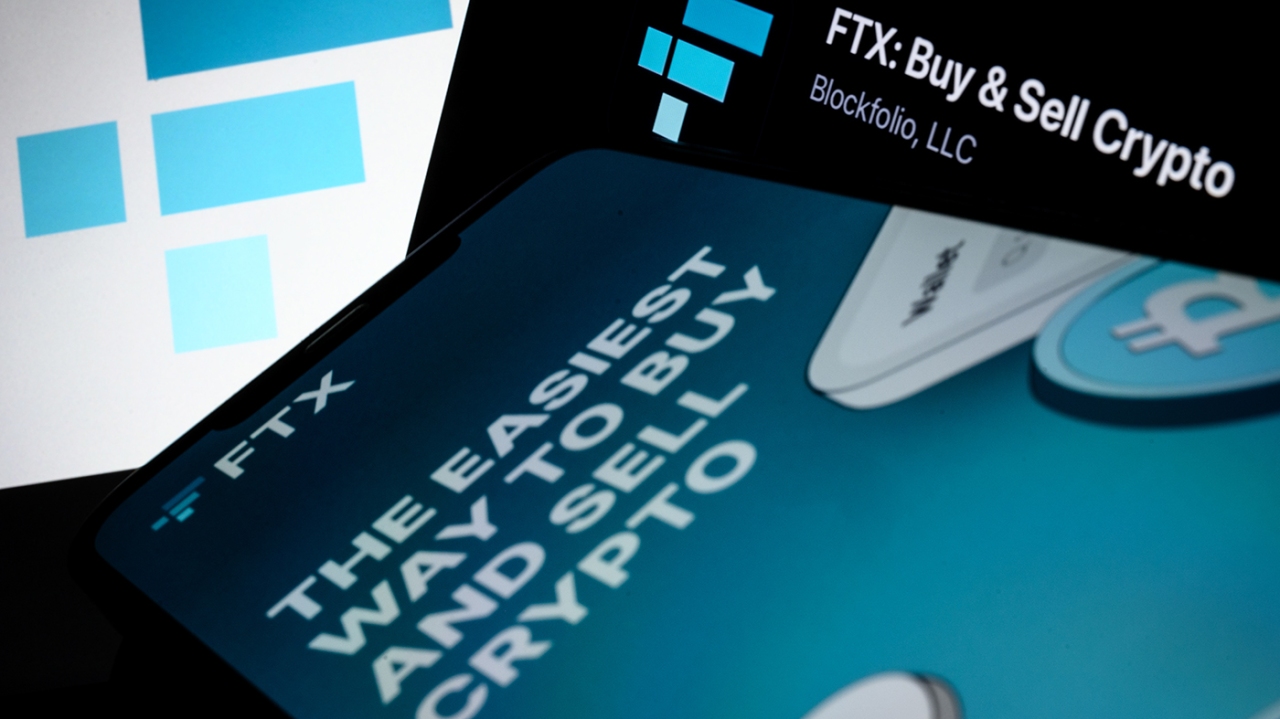Recent weeks have witnessed another disaster for the cryptocurrency industry. FTX, one of the largest crypto exchanges, failed. The price of bitcoin, the largest cryptocurrency, fell by more than 20 percent. Industry-wide exposure to FTX is still unknown, with the solvency of several companies still in question.
Crypto critics, including Securities and Exchange Commission (SEC) Chair Gary Gensler, have used this event as a call for greater regulation. However, traditional regulations may actually worsen financial risk in the crypto industry. Decentralized blockchain technology provides better solutions for protecting consumers and reducing financial risk.
This year has seen a series of failures of high-profile crypto companies. The $25 billion crypto lender Celsius failed and has been accused of misrepresenting its risk exposure. Three Arrows Capital (3AC), the $10 billion hedge fund, was based out of Singapore but filed for bankruptcy in New York. Now, FTX adds another major collapse, which appears might be from fraudulent and illegal activities.
As many within the industry have noted, however, these failures were all of traditional financial companies operating in the crypto space. They were not decentralized exchanges or protocols. Their failures came from problems common to many traditional financial companies: illiquidity, insolvency, and in some cases perhaps outright fraud.
Decentralized blockchain technology can limit or eliminate these risks in simple and transparent ways. Every transaction on the blockchain is publicly viewable. Access to funds can be restricted to authorized parties. Requirements such as minimum levels of liquidity and collateral can be programmed into the code of the protocol to limit or eliminate financial risk.
Uniswap, for example, is a decentralized exchange built on the blockchain. Funds are deposited into on-chain pools, so all funds are visible and secure. Rather than trading with other counterparties directly, trades are made with the pool itself. Transactions are fully transparent, and the size of each trade is limited by the funds available, so it is impossible for the pool to default. It is difficult, if not impossible, to defraud investors when not only the funds but also the computer code used to create the pool are fully disclosed to the public.
While traditional lending and financial intermediation relies on reputation and credit risk, crypto lenders built on blockchain technology often circumvent this problem by only issuing fully collateralized loans. The protocol Aave, for example, requires liquid collateral valued at more than 100 percent of the funds being borrowed. For comparison, U.S. banks today hold average cash holdings of around 25 percent of loans and leases, up from less than 5 percent prior to the 2008 financial crisis.
Even traditional financial companies operating in the crypto space can use this technology to limit risk and improve disclosures. Rather than audits by government regulators, companies can disclose their cryptocurrency reserves on the blockchain, a practice that many are pushing to become the industry standard. This could be particularly useful for disclosures by banks or traditional finance companies entering crypto.
Despite the common perception that more regulations are safer, ineffective regulations often increase financial risk rather than decrease it.
In the early 2000s, for example, U.S. regulators encouraged banks to buy large quantities of mortgage-backed securities (MBSs). In retrospect, that was a disastrous mistake as MBSs were a major cause of the 2008 financial crisis.
In the crypto industry, excessive regulations have pushed financial activities to offshore exchanges, including Bahamas-based FTX. Most Americans’ funds were deposited in FTX’s U.S. subsidiary, but the risky activities that crashed the exchange took place outside the purview of regulatory authorities. Despite connections to the risky offshore entity, regulators allowed FTX US to advertise itself as “the safe, regulated way to buy Bitcoin, ETH, SOL and other digital assets.”
Current regulations make it more difficult for consumers to protect themselves against risk and fraud. Americans cannot purchase cryptocurrencies directly but instead are legally required to go through centralized exchanges such as FTX. These rules make it more difficult for users to hold crypto assets in their own self-hosted wallets. Another option would be for consumers to hold their cryptocurrencies in fully regulated custodial banks, which specialize in storing financial assets, rather than in centralized crypto exchanges like FTX. Oddly, however, SEC regulations do not allow that either.
Even with regulations in place, it’s not clear they will be fairly enforced. Rather than noticing the illegal activities at Celsius and FTX, SEC Chair Gensler apparently was busy prosecuting Kim Kardashian, while Federal Reserve Chair Jerome Powell was talking about income inequality and climate change. Clear information shared on the blockchain is far better protection for consumers than bureaucratic regulators who may or may not be doing their jobs.
Recent turmoil in the crypto markets is a failure of regulators to do their jobs effectively. Crypto lenders like Celsius should be regulated like banks. FTX and traditional financial exchanges should be regulated as such. But pushing excessive regulations on the crypto industry is likely to make crypto more risky, not less. Decentralized protocols built on the blockchain are already safer and more transparent than most regulated financial companies.
Thomas L. Hogan is a senior research faculty member at the American Institute for Economic Research (AIER). He was formerly the chief economist for the U.S. Senate Committee on Banking, Housing, and Urban Affairs.
THE HILL 1625 K STREET, NW SUITE 900 WASHINGTON DC 20006 | 202-628-8500 TEL | 202-628-8503 FAX
© 1998 – 2022 Nexstar Media Inc. | All Rights Reserved.
Author
Administraroot


